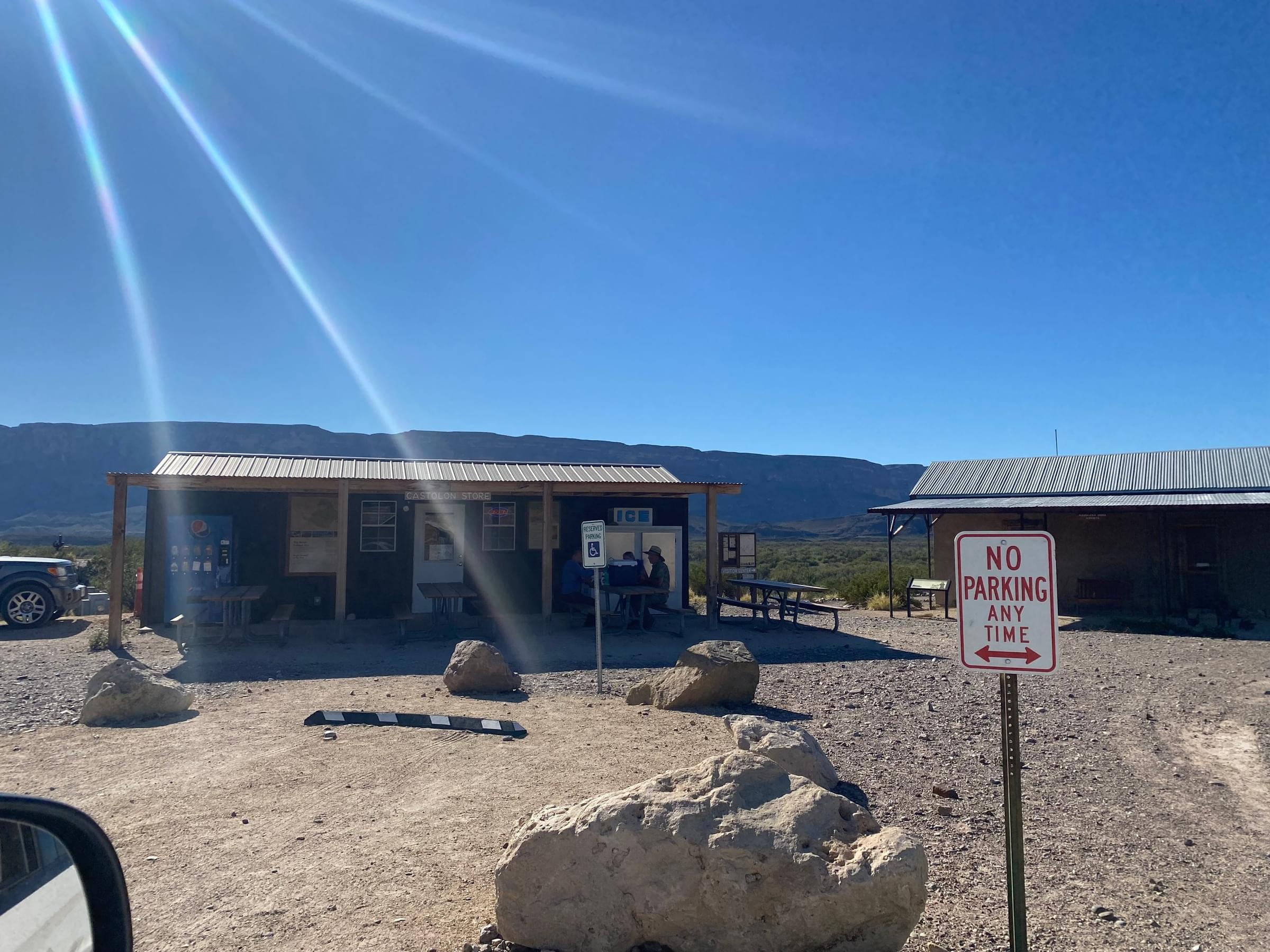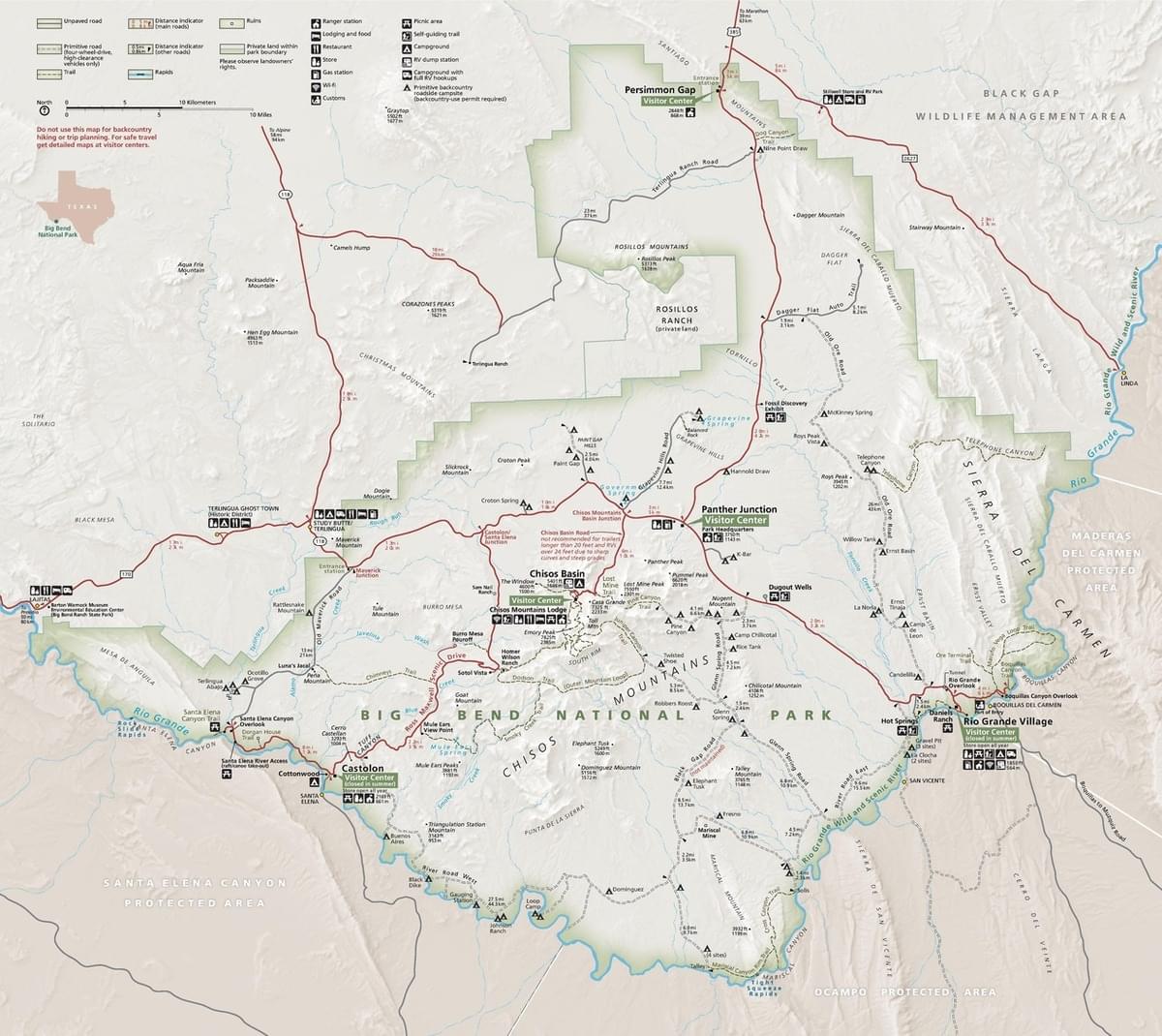Big Bend NP--Castolon

Big Bend NP--Castolon
Big Bend National Park, Texas 79834
Official WebsiteHistory of Castolon
La Harmonia Store in Castolon
Big Bend National Park Official Website
Big Bend National Park map
About this Location
From the National Park Service website
For most people, the Castolon area is a place to stop on the way to the spectacular Santa Elena Canyon. But for those who take the time, it can be a great place to explore the human history of Big Bend. Castolon is certainly not the only area in the park that is historically significant, but it is perhaps the most intact. A trip to Castolon is, in many ways, a journey back in time, albeit to a time not too long ago. Castolon’s history is really not that “old”—farming and ranching continued in the area until 1961. The Castolon Historic District is listed on the National Register of Historic Places.
A place where people meet
From indigenous peoples to early pioneers to the establishment of the national park, the Castolon area showcases the rich human history of Big Bend.
In the early 1900s, people began to live and farm along the banks of the Rio Grande, downstream from Santa Elena Canyon. The fields were fertile and the community grew. Farmers in the area raised corn, beans, wheat, squash, tomatoes, and melons. In 1901, Cipriano Hernandez started the first store in the area and sold goods to his neighbors and to the mining community in Terlingua. He operated the store out of his home, which is today known as the Alvino House (named for Alvino Ybarra who lived there with his family from 1918 to 1957).
From about 1912 to 1920, a revolution raged in Mexico. Many Mexican families moved north of the river to avoid the bloodshed and bandit raids. The raids, including the Glenn Springs raid in 1916, brought the U.S. military to defend the border. The National Guard established camps at Glenn Springs, La Noria (northeast of Rio Grande Village), Lajitas (west of the park), and Castolon (Camp Santa Helena). In response to a later revolution (the Escobar Rebellion of 1929), the Air Corps established a landing field at nearby Johnson's Ranch.
Camp Santa Helena, established in 1916, utilized troops from the 5th, 6th, and 8th cavalries. The men lived in tents and the construction of a permanent post began in 1919. By the time the buildings were completed in 1920, the Revolution was over, and the men were ordered to roll up their tents and take new assignments elsewhere. The new buildings were most likely never occupied by the soldiers. They included an enlisted men's barrack, officers' and non-commissioned officers' quarters, a latrine, a granary and tack shed, and a stable (which burned sometime before 1933).
In 1921, the La Harmonia Company Store moved into the new barracks building and began its eighty-year history of serving as a frontier trading post (from 1918 to 1921, the store was located in "Old Castolon" across from what is today Cottonwood Campground). The La Harmonia Company was also involved in farming and ranching. In the early 1920s, La Harmonia began farming cotton, a not-so-prosperous endeavor that continued for two decades. In 1961, the National Park Service acquired the La Harmonia Company holdings and began operating the store as a concession operation.
In addition to the store, Castolon includes the oldest standing adobe structure in Big Bend National Park (the Alvino House), another store building (Old Castolon), and numerous adobe ruins that were once homes for the many Mexican American and Anglo families that lived in the area. There are two cemeteries in the Castolon area.
On a hot, windy evening in May 2019, a fire in Mexico jumped the Rio Grande. With temperatures around 110, the flames spread rapidly along the river and embers showered the Castolon Historic District, igniting the La Harmonia Store and Latrine. Both building suffered extensive damage. Both buildings are closed at this time.
Plans are underway for the next chapters in Castolon's history. The National Park Service and partners are consulting with adobe experts, historic architects, and engineers to determine what may be salvaged and rehabilitated.
About Big Bend National Park
See all hotspots at Big Bend National Park
Big Bend is famous for its natural resources and spectacular geology. The park's varied array of habitats support more than 1,200 species of plants (including some 60 cacti species), 11 species of amphibians, 56 species of reptiles, 40 species of fish, 75 species of mammals, over 400 species of birds, and about 3,600 species of insects. The park boasts more types of birds, bats, butterflies, ants, scorpions, and cacti than any other national park in the United States.
From 500-million year old rocks at Persimmon Gap to modern-day windblown sand dunes at Boquillas Canyon, Big Bend preserves tremendous geological diversity. Marine sedimentary rocks, continental sedimentary rocks, volcanic rocks, and evidence of the three great North American mountain-building episodes are found within the park boundaries.
Notable Trails
Santa Elena Canyon Trail
Difficulty: Moderate; Distance: 1.7 miles round trip
Begins at terminus of the Ross Maxwell Scenic Drive
This trail leads into the mouth of stunning Santa Elena Canyon. After crossing Terlingua Creek, the trail ascends on paved steps to a vista, then descends back to the water's edge, continuing into the canyon until the canyon walls meet the water. A Big Bend classic. Be prepared for mud. Trail is impassable when Terlingua Creek floods.
Here is information from AllTrails: https://www.alltrails.com/explore/trail/us/texas/santa-elena-canyon-trail
Features
Restrooms on site
Entrance fee
Roadside viewing
Content from Official Website, History of Castolon, La Harmonia Store in Castolon, Big Bend National Park Official Website, and Dell Little
Last updated November 11, 2023
